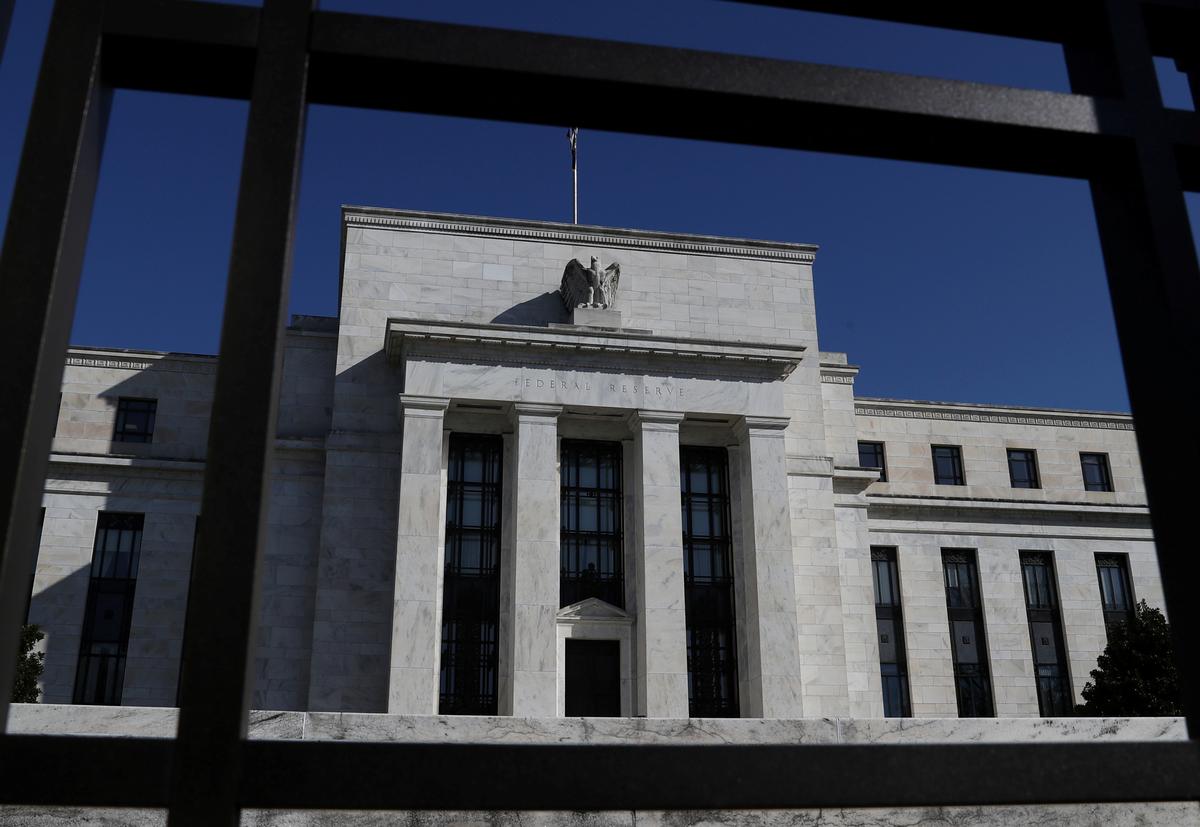
NEW YORK/SINGAPORE (Reuters) – Negative interest rates in the United States were once unimaginable. The coronavirus has changed that. FILE PHOTO: Federal Reserve Board building on Constitution Avenue is pictured in Washington, U.S., March 19, 2019. REUTERS/Leah Millis While the Federal Reserve has all but ruled it out, the sweeping economic and financial-markets impact of the pandemic has forced investors to give serious thought to the implications of such a drastic policy shift. Rate options, which gauge monetary policy expectations, on Monday implied a 23% probability that the key federal funds rate will go below zero by the end of December, according to BofA Securities data, which cited short expiry options on one-year U.S. swap rates. That compares with a 9%-10% probability last week. Fed funds futures are pricing in rates of about one basis point below zero by June 2021 as the pandemic hammers the U.S. economy toward its steepest downturn since the Great Depression. “It’s gone from theoretical to distinctly possible,” said Michael Purves, chief executive of Tallbacken Capital Advisors. He still thinks the Federal Reserve is “so far away” from actually going negative. Yet the unprecedented price moves show a market bracing for the unthinkable, and investors…